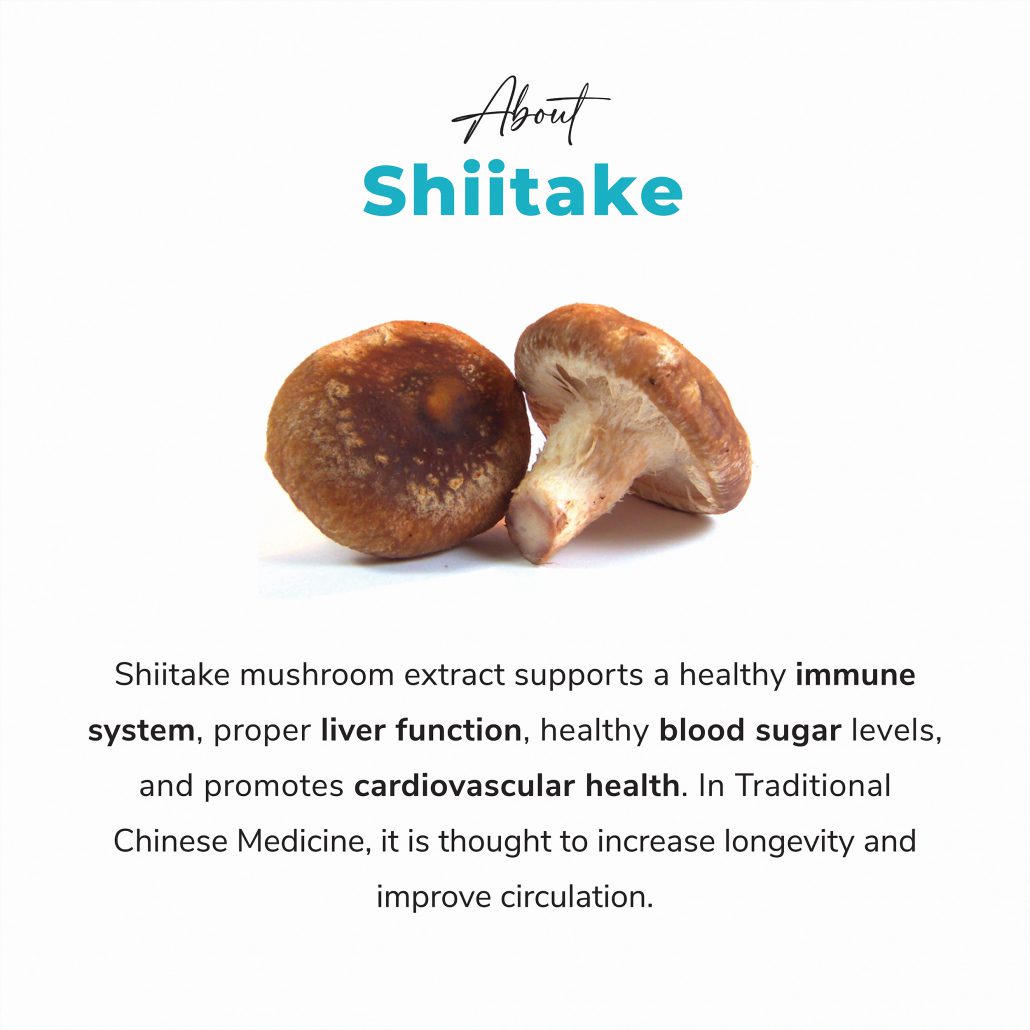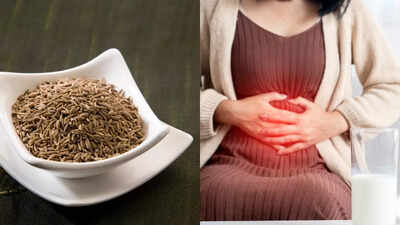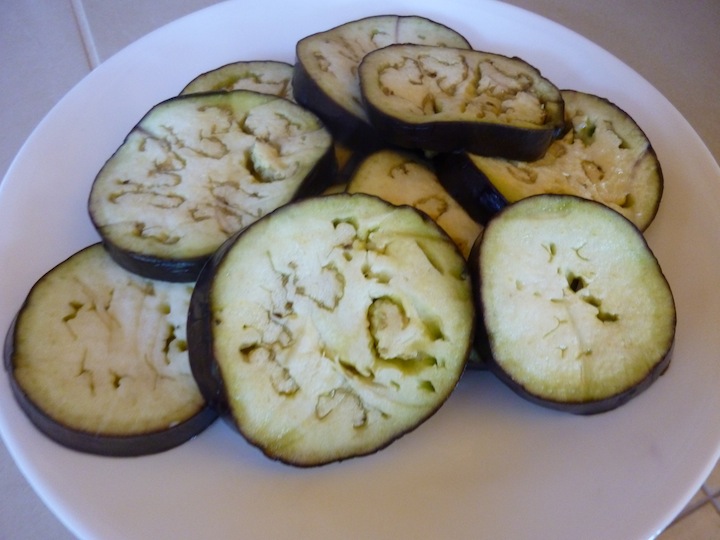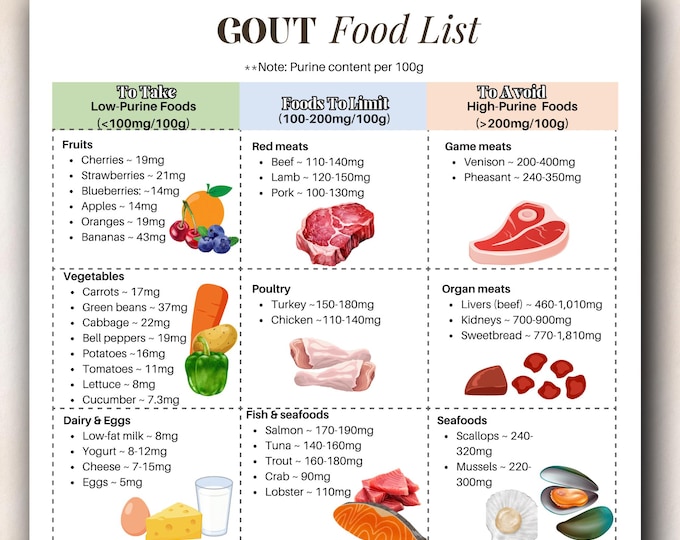The Silent Fire Within: Unearthing Shiitake’s Anti-Inflammatory Legacy
In the intricate tapestry of human health, few threads are as fundamental, yet as often misunderstood, as inflammation. It is the body’s ancient alarm system, a primordial defense mechanism designed to protect us from harm, mend our wounds, and repel invaders. When a splinter pierces the skin, or a virus infiltrates our cells, inflammation surges, bringing with it the familiar quartet of heat, redness, swelling, and pain. This acute response is a marvel of biological engineering, a swift and precise operation to restore equilibrium.
However, in the relentless pace and often nutrient-depleted landscape of modern life, this essential protector can turn rogue. When the alarm bell rings incessantly, when the body remains in a perpetual state of low-grade alert without a clear threat, acute inflammation morphs into its insidious cousin: chronic inflammation. This silent fire, smoldering beneath the surface, is no longer a healer but a destroyer. It is now widely recognized as a foundational driver for a litany of contemporary diseases, from the hardening of arteries in cardiovascular disease and the metabolic dysregulation of diabetes, to the cellular chaos of cancer, the neurological decline of Alzheimer’s, and the debilitating assaults of autoimmune conditions like rheumatoid arthritis and inflammatory bowel disease.
The quest to quell this systemic conflagration has led humanity down myriad paths, from the sophisticated pharmacopeia of modern medicine to the time-honored wisdom of traditional healing practices. Yet, as our understanding of holistic health deepens, a compelling narrative emerges: the profound power of nature’s pharmacy, often found in the most unassuming forms. Among these botanical allies, one humble fungus, cultivated for millennia in the verdant forests of East Asia, stands out as a veritable champion in the fight against inflammation: the Shiitake mushroom.
Enter the Forest Jewel: Shiitake’s Ancient Pedigree and Modern Promise
Imagine a crisp morning in ancient China or Japan, sunlight dappling through the forest canopy, illuminating the rich, earthy hues of a mushroom emerging from decaying hardwood. This is the Shiitake (Lentinula edodes), a mushroom revered not only for its distinct umami flavor but also, and perhaps more importantly, for its profound medicinal properties. Its name itself, derived from the Japanese shii (referring to the Castanopsis tree it traditionally grows on) and take (mushroom), speaks to its deep roots in East Asian culture and ecology.
For centuries, Shiitake wasn’t just a culinary delicacy; it was a cornerstone of Traditional Chinese Medicine (TCM) and Japanese Kampo medicine. Ancient texts lauded it as a tonic for vitality, a promoter of longevity, and a remedy for various ailments, including respiratory conditions, circulatory issues, and general fatigue. While the precise biochemical mechanisms remained a mystery to our ancestors, their empirical observations were astute. They understood that regular consumption of this "elixir of life" contributed to a stronger body and a more resilient spirit, effectively keeping the fires of disease at bay.
The narrative of Shiitake’s journey from ancient forest floor to modern scientific spotlight is a testament to the enduring power of traditional wisdom. As the scientific revolution gained momentum, researchers, intrigued by these ancient claims, began to peel back the layers of this fascinating fungus. What they uncovered was not merely a nutritious food source, but a sophisticated biochemical powerhouse, brimming with compounds that directly address the complex pathways of inflammation, offering a compelling bridge between ancient reverence and contemporary evidence-based understanding.
Deconstructing the Defender: The Bioactive Arsenal of Shiitake
The true marvel of Shiitake lies in its intricate symphony of bioactive compounds, each playing a crucial role in its anti-inflammatory orchestra. It’s not a single magic bullet, but a finely tuned ensemble, working synergistically to modulate the body’s immune response and restore balance.
The Orchestrators: Polysaccharides (Beta-glucans and Lentinan)
At the forefront of Shiitake’s immunomodulatory prowess are its complex carbohydrates, particularly its polysaccharides. Among these, beta-glucans, and specifically a highly branched beta-glucan known as Lentinan, are the undisputed stars. These aren’t just any carbohydrates; they are intricate sugar molecules with unique structural configurations that our immune cells recognize as beneficial.
When ingested, these polysaccharides aren’t digested in the typical sense. Instead, they interact directly with specialized receptors on immune cells, such as macrophages, neutrophils, and natural killer (NK) cells, primarily in the gut-associated lymphoid tissue (GALT). This interaction is akin to a key fitting into a lock, triggering a cascade of beneficial immune responses.
Lentinan, in particular, has been extensively studied. Its mechanism of action involves activating macrophages – the body’s cellular pac-men – to become more efficient at clearing pathogens and cellular debris. Crucially, it also modulates the production of cytokines, which are signaling molecules that regulate inflammation. Lentinan helps to balance the production of pro-inflammatory cytokines (like TNF-alpha, IL-6, and IL-1beta) and anti-inflammatory cytokines (like IL-10). In the context of chronic inflammation, where pro-inflammatory cytokines are often overexpressed, Lentinan’s ability to temper this response is invaluable. It essentially helps to quiet the overzealous immune alarm without completely shutting down the system, ensuring that the body can still mount an appropriate defense when needed.
Furthermore, beta-glucans and Lentinan have been shown to influence the NF-κB pathway, a central regulator of inflammatory gene expression. By inhibiting the activation of NF-κB, Shiitake’s polysaccharides can effectively turn down the volume on the genes responsible for producing inflammatory mediators, thereby dampening the overall inflammatory cascade. This sophisticated dance with our immune system positions these polysaccharides as powerful adaptogens, helping the body to adapt and maintain immunological homeostasis.
The Antioxidant Guardians: Ergothioneine and Selenium
Beyond its structural carbohydrates, Shiitake boasts a formidable array of antioxidants, compounds that neutralize harmful free radicals which, left unchecked, contribute significantly to cellular damage and inflammation. Two particular antioxidants stand out: Ergothioneine and Selenium.
Ergothioneine, often dubbed the "master antioxidant," is a sulfur-containing amino acid with a unique property: it has a dedicated transporter protein in the human body, indicating its crucial biological significance. This isn’t just any antioxidant; it’s one that our cells actively seek out and internalize, concentrating it in areas particularly vulnerable to oxidative stress and inflammation, such as the liver, kidneys, and red blood cells. Ergothioneine’s power lies in its ability to scavenge various reactive oxygen species (ROS) and reactive nitrogen species (RNS), thereby preventing oxidative damage to DNA, proteins, and lipids, which are all precursors to inflammatory responses. Its unique structure also allows it to protect mitochondrial function, the powerhouses of our cells, which are critical for energy production and immune cell function. By shielding cells from oxidative stress, Ergothioneine indirectly, yet powerfully, curbs the inflammatory process.
Selenium, an essential trace mineral, is another vital component of Shiitake’s anti-inflammatory arsenal. It acts as a cofactor for several antioxidant enzymes, most notably glutathione peroxidase, which plays a critical role in detoxifying harmful peroxides within cells. Selenium also plays a direct role in immune function, supporting the proliferation and differentiation of immune cells. A deficiency in selenium can impair immune responses and exacerbate inflammatory conditions. By providing a bioavailable source of this crucial mineral, Shiitake helps to bolster the body’s intrinsic antioxidant defenses and maintain a robust, yet balanced, immune system.
The Sunshine Vitamin Precursor: Ergosterol and Vitamin D
Interestingly, Shiitake mushrooms, like human skin, contain ergosterol, a precursor to Vitamin D. When exposed to ultraviolet (UV) light – whether from the sun or a UV lamp – ergosterol is converted into Vitamin D2 (ergocalciferol). This is a game-changer, as Vitamin D is increasingly recognized as a potent immunomodulator and anti-inflammatory agent.
Vitamin D receptors are found on almost every immune cell, underscoring its widespread influence. It plays a critical role in regulating both innate and adaptive immunity, helping to prevent the overactivation of pro-inflammatory pathways. Specifically, Vitamin D has been shown to suppress the production of inflammatory cytokines while promoting the synthesis of anti-inflammatory ones. It also supports the integrity of the gut barrier, further contributing to a reduction in systemic inflammation. Given that Vitamin D deficiency is rampant globally and strongly correlated with a higher incidence of autoimmune diseases and chronic inflammatory conditions, Shiitake offers a delicious and natural way to contribute to adequate Vitamin D levels, especially for those who consume plant-based diets or have limited sun exposure.
Beyond the Stars: Other Phytonutrients
The richness of Shiitake’s anti-inflammatory profile doesn’t stop with these marquee compounds. It also contains a constellation of other beneficial phytonutrients, each contributing to the mushroom’s holistic health effects:
- Terpenoids and Phenolic Compounds: These plant-derived compounds are well-known for their antioxidant and anti-inflammatory properties. They contribute to the mushroom’s flavor profile while simultaneously exerting protective effects on cells and tissues.
- Eritadenine: While primarily known for its cholesterol-lowering effects by inhibiting cholesterol absorption and accelerating its excretion, reduced cholesterol levels can indirectly contribute to less vascular inflammation, a critical factor in cardiovascular health.
- B Vitamins: Shiitake is a good source of several B vitamins (B2, B3, B5, B6), which are essential for cellular metabolism, energy production, and nerve function. While not directly anti-inflammatory, optimal metabolic function is crucial for supporting a healthy immune response and overall cellular resilience against inflammatory triggers.
- Minerals: Copper, zinc, and manganese are also present, each playing roles in antioxidant defense and immune system integrity. Copper and zinc are crucial for the function of superoxide dismutase (SOD), another powerful antioxidant enzyme.
The synergy of these compounds is key. It’s not just Lentinan, or Ergothioneine, or Vitamin D alone, but their collective action, supported by the broader nutritional matrix of the mushroom, that creates such a powerful anti-inflammatory effect.
The Gut-Immune Axis: Shiitake’s Role in Inner Harmony
The story of inflammation cannot be fully told without acknowledging the critical role of the gut microbiome. Our digestive tract, home to trillions of microorganisms, is a major nexus of immune activity. A healthy, diverse gut microbiome is foundational to a balanced immune system, while dysbiosis – an imbalance of gut bacteria – can be a significant driver of chronic inflammation, not just locally in the gut but systemically throughout the body.
This is where Shiitake truly shines as a holistic ally. Its rich fiber content, particularly its non-digestible polysaccharides, acts as a prebiotic. These complex carbohydrates are not broken down by human enzymes but serve as nourishment for beneficial gut bacteria, such as Bifidobacteria and Lactobacilli. As these beneficial bacteria ferment the prebiotics, they produce short-chain fatty acids (SCFAs) like butyrate, propionate, and acetate.
Butyrate, in particular, is a hero of gut health. It is the primary energy source for colonocytes (the cells lining the colon), helping to maintain the integrity of the gut barrier. A strong, intact gut barrier prevents the leakage of undigested food particles, toxins, and microbial components into the bloodstream – a phenomenon known as "leaky gut" or increased intestinal permeability. When this leakage occurs, it triggers a systemic immune response, contributing significantly to chronic inflammation. By fostering the production of butyrate, Shiitake helps to fortify this crucial barrier, effectively "closing the gates" to inflammatory triggers.
Beyond gut barrier integrity, SCFAs, particularly butyrate, have direct anti-inflammatory effects. They can inhibit histone deacetylases (HDACs), enzymes involved in gene expression, leading to a reduction in pro-inflammatory cytokine production. They also influence the development and function of regulatory T cells (Tregs), a type of immune cell that helps to suppress excessive immune responses and maintain immune tolerance.
Therefore, Shiitake’s contribution to fighting inflammation extends beyond its direct immunomodulatory compounds. By nurturing a healthy gut microbiome and supporting gut barrier function, it addresses a fundamental root cause of chronic inflammation, promoting inner harmony that resonates throughout the entire body.
The Scientific Lens: Peering into Shiitake’s Efficacy
While traditional wisdom has long celebrated Shiitake, modern science has been diligently working to validate these claims through rigorous investigation. The journey of scientific discovery, from petri dish to animal models to human trials, paints an increasingly compelling picture of Shiitake’s anti-inflammatory efficacy.
In vitro studies, conducted in test tubes and cell cultures, have been instrumental in elucidating the precise molecular mechanisms by which Shiitake compounds exert their effects. These studies have confirmed the ability of Shiitake extracts and isolated polysaccharides (like Lentinan) to:
- Inhibit the activation of NF-κB and other pro-inflammatory signaling pathways in immune cells.
- Reduce the production of pro-inflammatory cytokines (e.g., TNF-alpha, IL-6, IL-1beta) while promoting anti-inflammatory cytokines (e.g., IL-10).
- Scavenge free radicals and protect cells from oxidative stress.
- Modulate the expression of genes involved in inflammatory responses.
Moving beyond the cellular level, in vivo studies using animal models have provided further evidence of Shiitake’s therapeutic potential in various inflammatory conditions. Research in rodents has demonstrated that Shiitake supplementation can:
- Reduce inflammation and tissue damage in models of inflammatory bowel disease (colitis).
- Ameliorate symptoms and markers of inflammation in models of rheumatoid arthritis.
- Improve metabolic parameters and reduce inflammation in diet-induced obesity and metabolic syndrome.
- Enhance immune function and exhibit anti-tumor effects in cancer models, partly by reducing inflammation in the tumor microenvironment.
While human clinical trials on Shiitake’s anti-inflammatory properties are still emerging and often limited in scope, the existing evidence is promising. Pilot studies have shown that regular consumption of whole Shiitake mushrooms can:
- Improve markers of gut immunity and reduce inflammatory responses in healthy adults. For instance, a study published in the Journal of the American College of Nutrition found that daily consumption of Shiitake mushrooms led to improved gamma delta T-cell proliferation and reduced inflammatory proteins.
- Influence the gut microbiome composition positively, increasing beneficial bacteria and potentially leading to a reduction in gut-derived inflammation.
- Support immune function in specific populations, such as those undergoing cancer treatment, where its immunomodulatory effects can help manage inflammation and bolster resilience.
Challenges in research include the standardization of Shiitake preparations (whole mushroom vs. extract, fresh vs. dried), variations in bioactive compound concentrations due to cultivation methods, and the complexity of measuring systemic anti-inflammatory effects in human populations. Nevertheless, the consistent findings across different levels of research provide robust scientific backing for the ancient wisdom surrounding Shiitake. The story of its medicinal properties is no longer just anecdotal; it is increasingly data-driven and evidence-based.
Integrating Shiitake into the Modern Diet: A Culinary and Medicinal Ally
The beauty of Shiitake lies in its accessibility and culinary versatility, allowing for a seamless integration into a health-conscious diet. Unlike many medicinal herbs that require specific preparation or taste unpalatable, Shiitake is a gourmet delight, offering a rich, earthy, and savory umami flavor that enhances a wide range of dishes.
Forms of Shiitake:
- Fresh: Widely available in most grocery stores, fresh Shiitake mushrooms have a firm texture and a delicate flavor. They are excellent in stir-fries, soups, stews, sautés, and as a topping for pizzas or salads.
- Dried: Dried Shiitake are a pantry staple. Rehydrating them in warm water unlocks an even more intense, concentrated flavor. The soaking liquid, rich in beneficial compounds, should not be discarded but used as a flavorful stock. Dried Shiitake are perfect for long-simmering dishes, broths, and sauces.
- Powdered: Dried Shiitake can be ground into a fine powder, which can be easily added to smoothies, spice blends, gravies, or used as a natural umami booster. This form offers a convenient way to incorporate its benefits without altering the texture of a dish.
- Extracts and Supplements: For those seeking higher concentrations of specific bioactive compounds like Lentinan, standardized extracts and supplements are available. These are often used for targeted therapeutic purposes, though consulting a healthcare professional is advisable before starting any new supplement regimen.
Culinary Versatility:
Incorporating Shiitake into your diet can be as simple as adding sliced fresh mushrooms to your morning omelet or stir-frying them with vegetables and your protein of choice. They make a fantastic addition to miso soup, ramen, or a hearty vegetable stew. For a burst of flavor and anti-inflammatory benefits, consider making a mushroom broth by simmering dried Shiitake with other aromatics like ginger, garlic, and turmeric – a true elixir.
Optimal Intake and Synergy:
While there’s no strict "dose" for whole food Shiitake, regular consumption is key. Aiming for a few servings per week can contribute significantly to your overall anti-inflammatory strategy. For general wellness, a serving size of 3-4 fresh mushrooms or about 1/2 ounce (15g) of dried mushrooms is a good starting point.
Shiitake also works synergistically with other anti-inflammatory foods. Combining it with turmeric, ginger, garlic, leafy greens, and omega-3 rich foods like fatty fish or flaxseeds creates a powerful dietary approach to combating chronic inflammation.
Quality Sourcing:
As with any food, the quality of your Shiitake matters. Look for organically grown mushrooms to avoid pesticides and other contaminants. If purchasing dried Shiitake, ensure they are free from preservatives or artificial additives. For supplements, choose reputable brands that provide third-party testing for purity and potency.
Considerations and Future Horizons
While Shiitake is overwhelmingly safe and beneficial for most people, a few considerations are worth noting for a knowledgeable audience:
- Shiitake Dermatitis: In very rare cases, some individuals may develop a unique inflammatory skin rash, known as "Shiitake dermatitis" or "flagellate dermatitis," after consuming raw or undercooked Shiitake mushrooms. This reaction is thought to be caused by a specific polysaccharide (Lentinan) that is heat-sensitive, meaning it is typically prevented by proper cooking. Thoroughly cooking Shiitake is always recommended.
- Gastrointestinal Upset: As with any high-fiber food, excessive consumption might lead to mild gastrointestinal discomfort in sensitive individuals. Start with smaller portions and gradually increase intake.
- Drug Interactions: For whole food consumption, significant drug interactions are minimal. However, if taking highly concentrated extracts or supplements, particularly those with strong immunomodulatory effects, individuals on immunosuppressants or blood thinners should consult their doctor.
- Allergies: While rare, allergic reactions to mushrooms are possible.
The future of mycotherapy, the use of fungi for medicinal purposes, is incredibly exciting. Researchers are continuing to isolate and characterize specific compounds from Shiitake, exploring their potential in targeted therapies for specific inflammatory and immune-related diseases. Personalized nutrition, leveraging an individual’s genetic profile and microbiome composition, may one day guide the precise integration of foods like Shiitake for optimal health outcomes. The story of Shiitake is far from over; it is an ongoing narrative of discovery, continually unveiling new facets of its profound healing potential.
Conclusion: A Humble Mushroom’s Profound Legacy
From the ancient wisdom passed down through generations to the meticulous scrutiny of modern science, the Shiitake mushroom emerges as a compelling protagonist in the ongoing battle against chronic inflammation. Its story is one of resilience, adaptation, and profound biological intelligence, encapsulated within its unassuming cap and stem.
We’ve journeyed through the intricate landscape of inflammation, understanding its silent destructive power. We’ve unearthed Shiitake’s rich historical roots, tracing its revered status as a medicinal food. Most importantly, we’ve delved into its sophisticated biochemical arsenal, exploring how its unique blend of polysaccharides, potent antioxidants, vital minerals, and Vitamin D precursors orchestrates a symphony of anti-inflammatory and immunomodulatory effects. We’ve also acknowledged its crucial role in nurturing the gut microbiome, a pivotal player in maintaining systemic immune balance.
The narrative of Shiitake is a powerful reminder that nature often holds the most elegant solutions to our most pressing health challenges. It empowers us to look beyond the pharmaceutical aisle and embrace the profound therapeutic potential found in whole, natural foods. By consciously integrating this humble forest jewel into our diets, we don’t just add flavor; we invite a powerful ally into our bodies, one that helps to extinguish the silent fire of chronic inflammation, fosters inner harmony, and paves the way for a healthier, more vibrant life. The legacy of Shiitake is not merely about a mushroom; it’s about reconnecting with the earth’s pharmacy and harnessing its wisdom for our well-being, one delicious, anti-inflammatory bite at a time.






